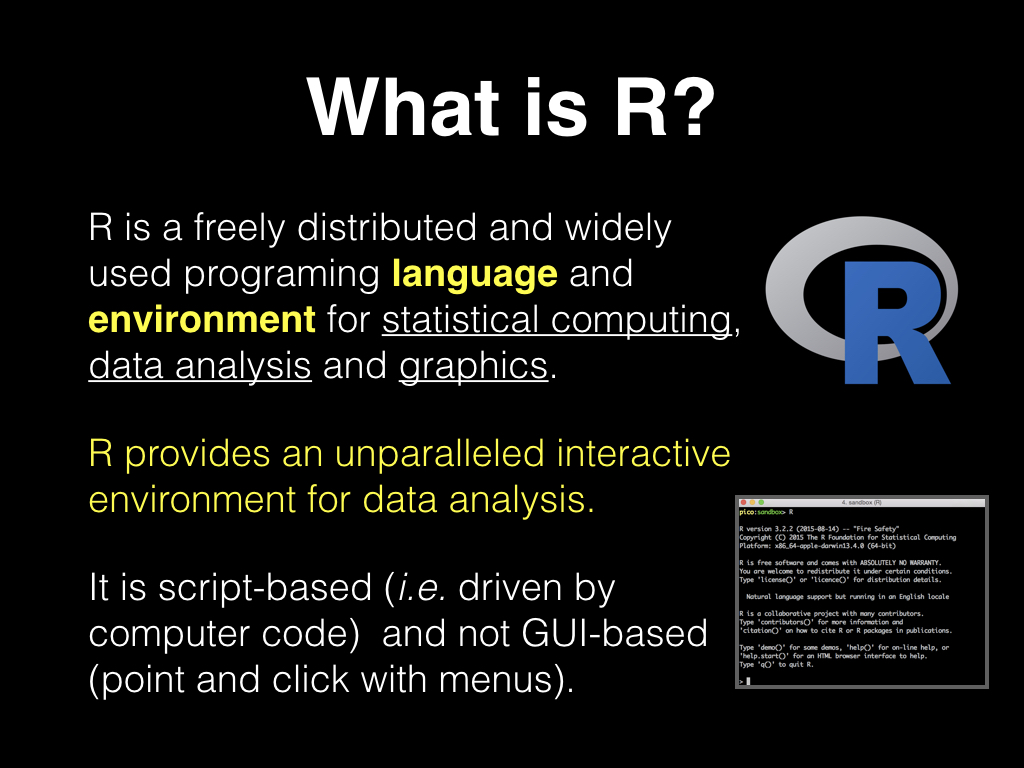UNIX for bioinformatics
Screen Cast Videos | Links: View on YouTube
NOTE: Increasingly, the raw output of biological research exists as in silico data, usually in the form of large text files. Unix is particularly suited to working with such files and has many powerful (and flexible) commands that can process your data for you.
The real strength of learning Unix is that most of these commands can be combined in an almost unlimited fashion. So if you can learn just five Unix commands, you will be able to do a lot more than just five things. Our objective here is to learn a subset of Unix and to become a productive Unix user without knowing or using every program and feature.
Key points:
If you are on a Mac or Linux laptop then you will have nothing to install. Simply open your Terminal application. On Mac this can be found in /Applications/Utilities. You will likely want to keep Terminal in your dock for this class.
If you are on Windows then you have a little more work to do. See the computer setup instructions page for details.


